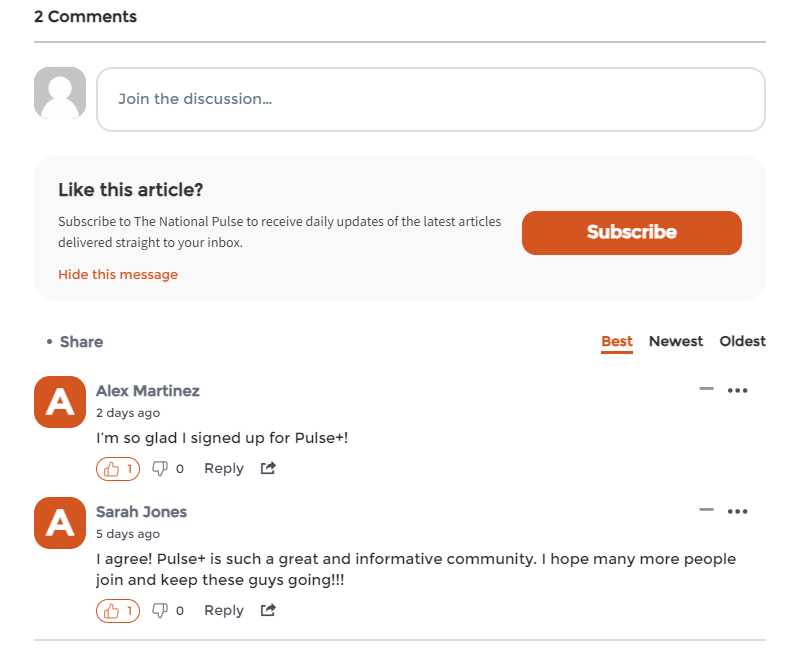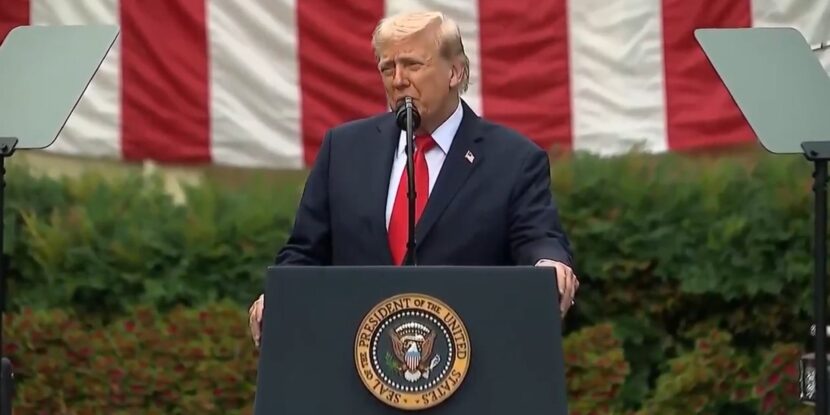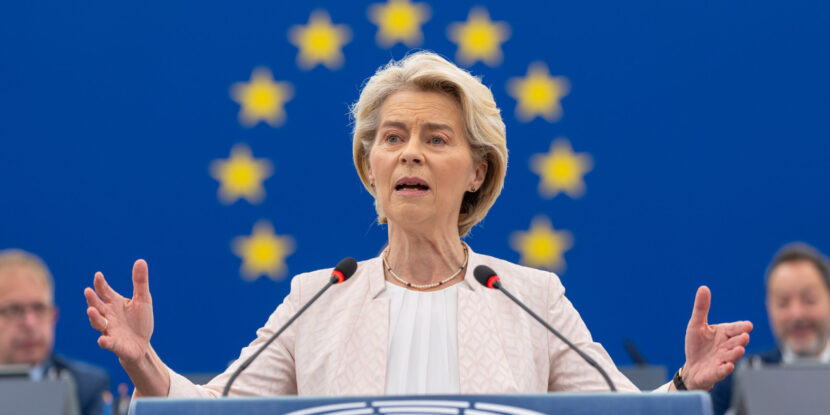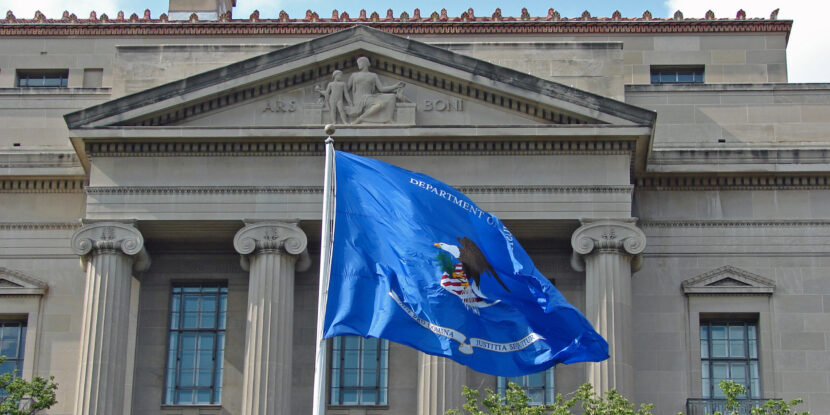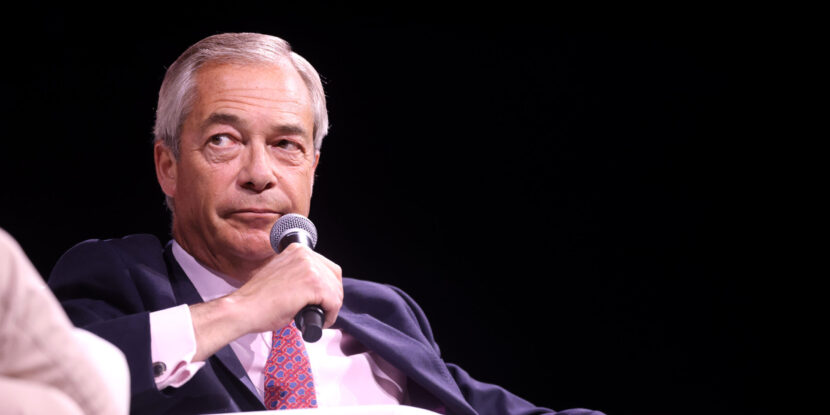PULSE POINTS:
❓What Happened: The Consumer Price Index (CPI) rose by just 0.2 percent in April, following a 0.1 percent decrease in March. This was the smallest annualized increase in inflation since 2021.
👥 Who’s Involved: The Bureau of Labor Statistics (BLS), President Donald J. Trump, market analysts.
📍 Where & When: Data, which covers the month of April 2025, was reported on Tuesday, May 13, 2025.
💬 Key Quote: “That’s a relief for investors and borrowers—who have feared that tariffs could cause a spike in prices preventing the Federal Reserve from cutting interest rates to support the economy,” Nicholas Hyett, an investment manager at Wealth Club, said, referencing the slowing inflation numbers.
⚠️ Impact: Consumer goods prices increased by 2.3 percent over the past year, marking a significant cooldown in inflation.
IN FULL:
The Bureau of Labor Statistics (BLS) announced Tuesday that the Consumer Price Index (CPI) rose by just 0.2 percent in April, marking a slight rebound after a 0.1 percent decline in March. The CPI measures changes in the cost of a basket of consumer goods and services, offering a key indicator of inflation trends. The index shows just a 2.3 percent increase in prices over the last 12 months, indicating a significant cooldown in inflation.
While market analysts had forecast a 2.4 percent annualized increase in the CPI, investors on Wall Street largely believed the April rate would come in much higher than the forecasts, citing President Donald J. Trump’s tariff policies. However, the April CPI number has thrown cold water on claims that Trump’s tariffs are inflationary and lends credence to Treasury Secretary Scott Bessent’s assertion that the trade duties could actually have a deflationary effect.
“That’s a relief for investors and borrowers—who have feared that tariffs could cause a spike in prices preventing the Federal Reserve from cutting interest rates to support the economy,” Nicholas Hyett, an investment manager at Wealth Club, said, referencing the slowing inflation numbers.
Last week, the Federal Reserve declined to reduce interest rates, with the central bank’s chairman, Jerome Powell, insisting that tariffs could have an inflationary effect. However, both the March and April CPI reports suggest Powell’s inflation fears are entirely unfounded.
While the lower rate of inflation is good news for consumers, there are mounting concerns that the economy could be facing a deflationary cycle. If the economy faces significant deflationary effects, it could finally move the Federal Reserve to slash interest rates in order to inject liquidity into markets. Though an interest rate cut could be too-little-too-late at this junction—reflecting President Trump’s “Too Late” criticism of Powell—and force the Federal Reserve to resort to other emergency measures to generate liquidity.


